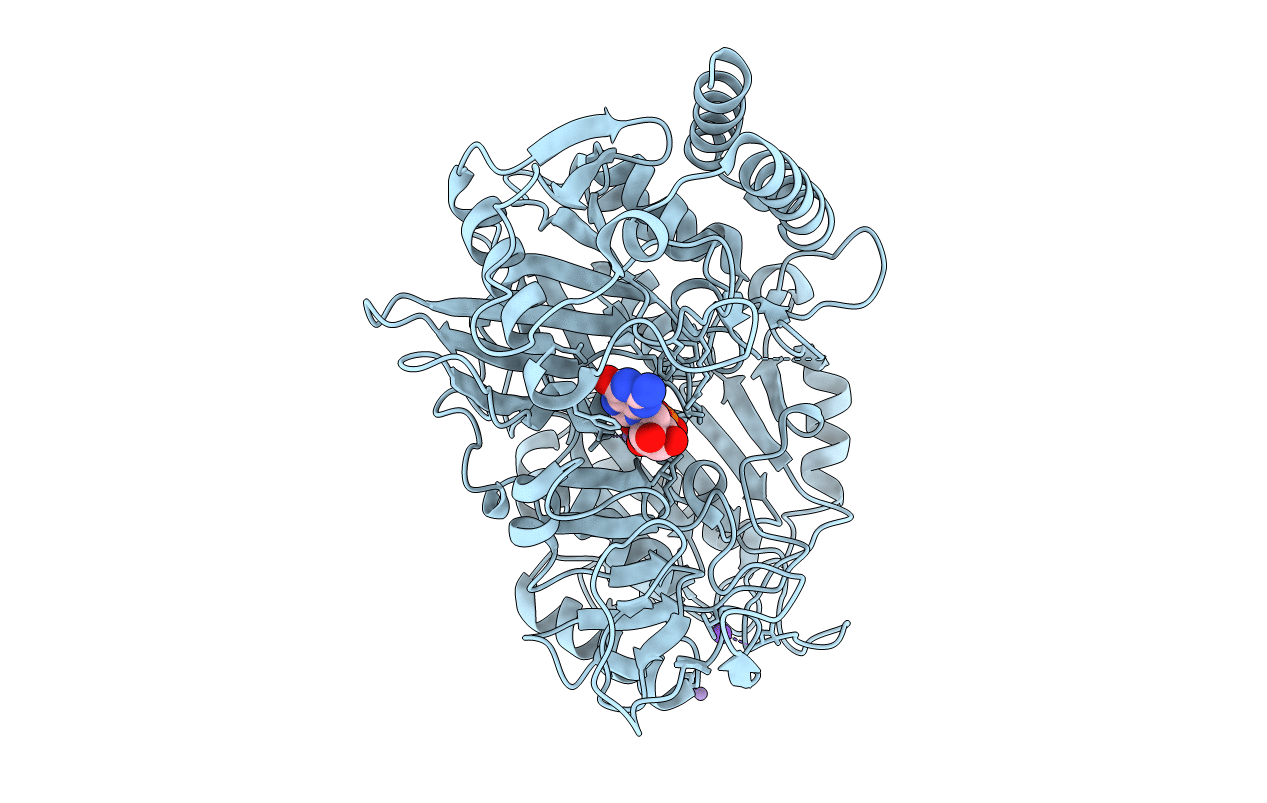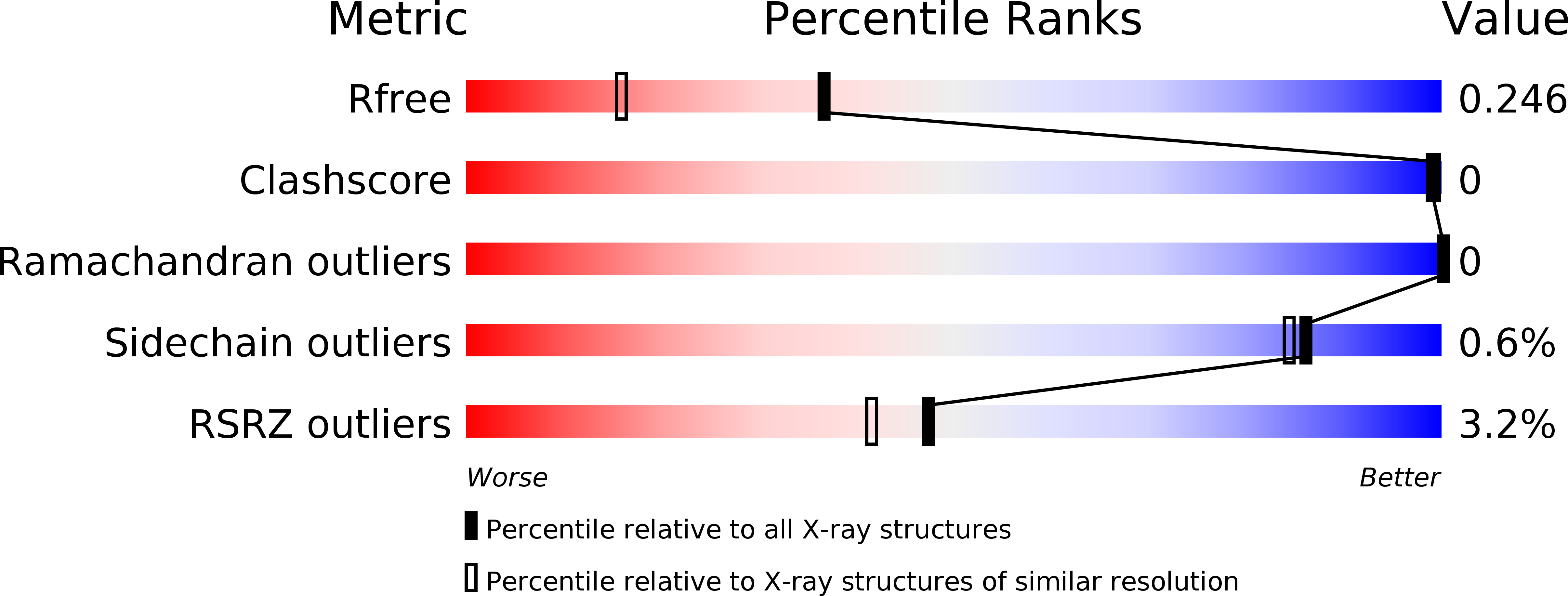
Deposition Date
2017-03-23
Release Date
2017-04-12
Last Version Date
2023-10-04
Entry Detail
PDB ID:
5V97
Keywords:
Title:
Structure of the H477R variant of rat cytosolic PEPCK in complex with GTP.
Biological Source:
Source Organism:
Rattus norvegicus (Taxon ID: 10116)
Host Organism:
Method Details:
Experimental Method:
Resolution:
1.80 Å
R-Value Free:
0.24
R-Value Work:
0.21
R-Value Observed:
0.21
Space Group:
P 1 21 1


